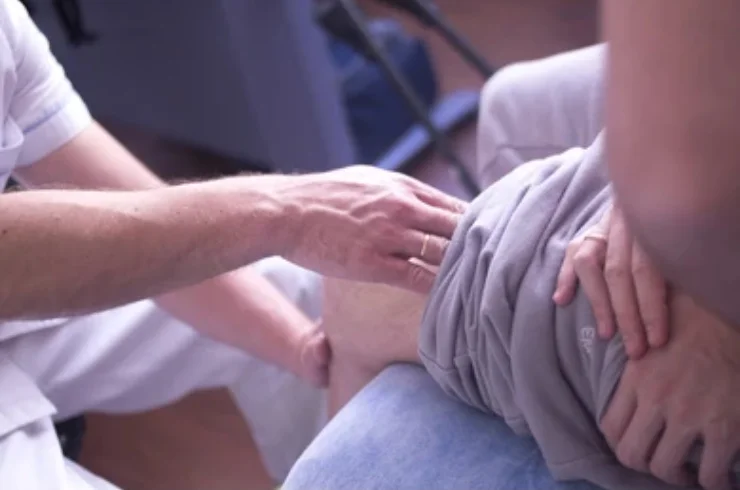
Rehabilitation and post-surgical care play a vital role in ensuring successful recovery and long-term joint health following orthopaedic procedures. A well-structured rehabilitation program focuses on restoring mobility, improving strength, and preventing complications, allowing patients to return to their normal activities safely and efficiently.
Immediate post-operative care involves managing pain through medications, cold therapy, and compression.
Use of anti-inflammatory drugs and ice therapy helps reduce swelling and discomfort.
Proper care of surgical incisions is essential to prevent infections.
Regular dressing changes and monitoring for signs of infection promote safe healing.
Following hygiene protocols ensures a complication-free recovery.
Controlled movement exercises are introduced early to prevent stiffness and improve circulation.
Range of motion (ROM) exercises help restore joint flexibility without straining the surgical site.
For lower limb surgeries, walking aids (crutches or walkers) are used initially to prevent weight-bearing stress.
Once the joint is stable, strength training exercises gradually rebuild muscle strength.
Low-impact activities such as stationary biking, swimming, and walking enhance endurance without stressing the joint.
Balance and coordination exercises prevent re-injury and improve stability.
Supervised physiotherapy sessions focus on restoring mobility and flexibility.
Techniques such as manual therapy, electrical stimulation, and ultrasound therapy promote tissue healing.
Customized exercise plans are tailored to each patient’s needs and progress.
Initial Phase (0-2 weeks): Pain control, gentle ROM exercises, and wound care.
Intermediate Phase (2-6 weeks): Gradual strengthening, increased mobility, and reduced swelling.
Advanced Phase (6-12 weeks): Functional training, stability exercises, and return to light activities.
Full Recovery (3-6 months): Restoration of full joint function, strength, and flexibility.
Faster recovery and reduced stiffness.
Improved joint function and flexibility.
Prevention of complications and re-injury.
Enhanced strength and overall mobility.
Better long-term surgical outcomes.